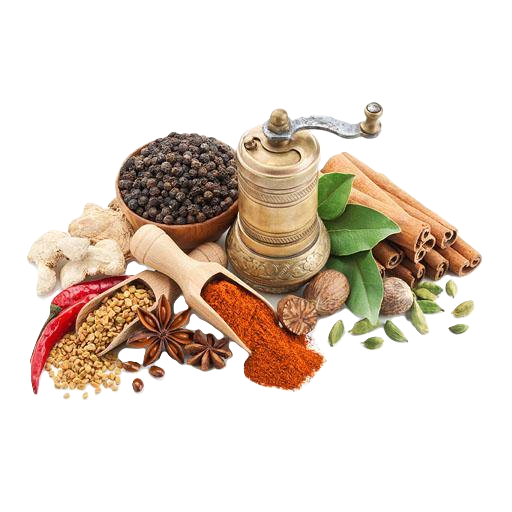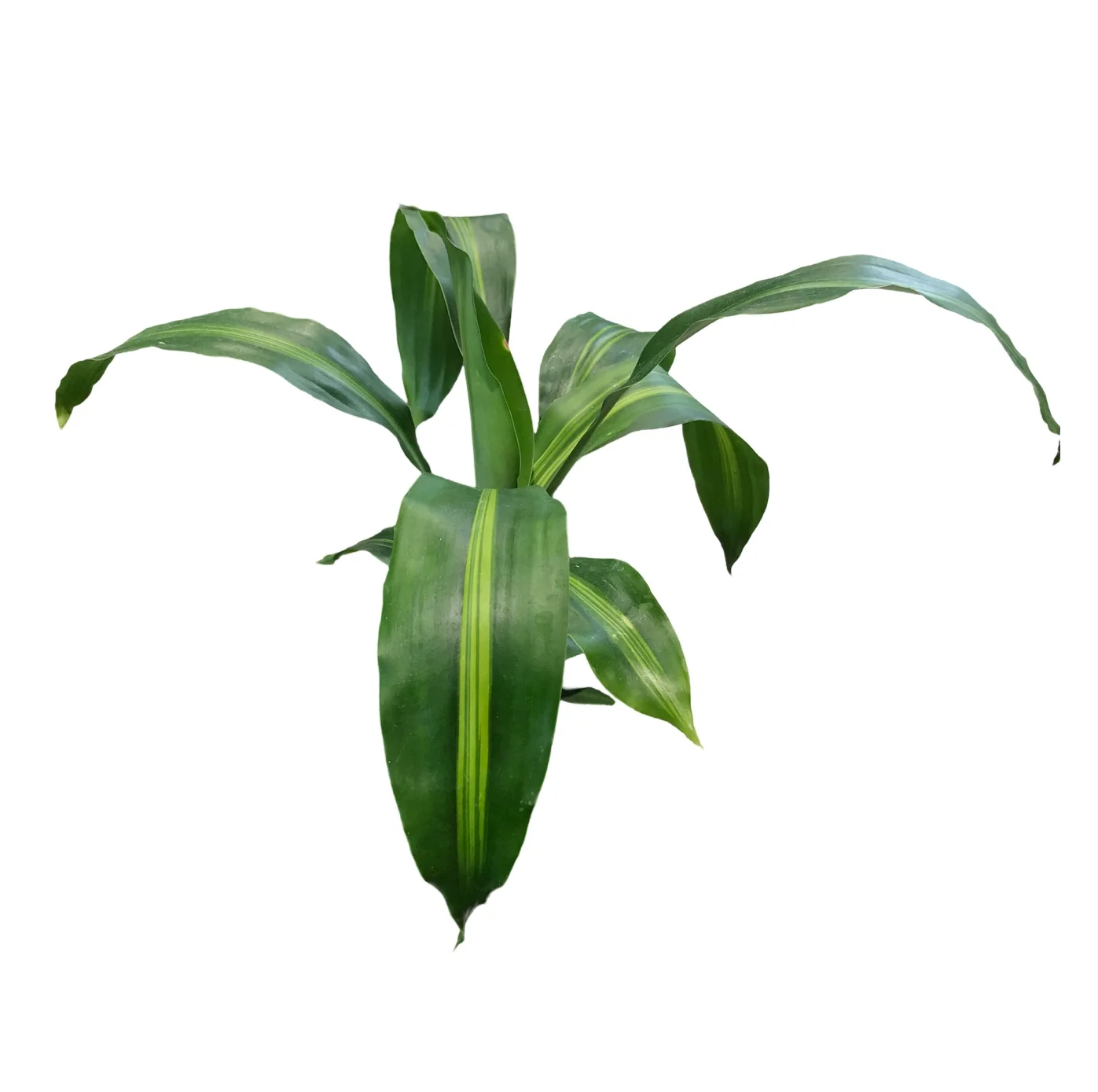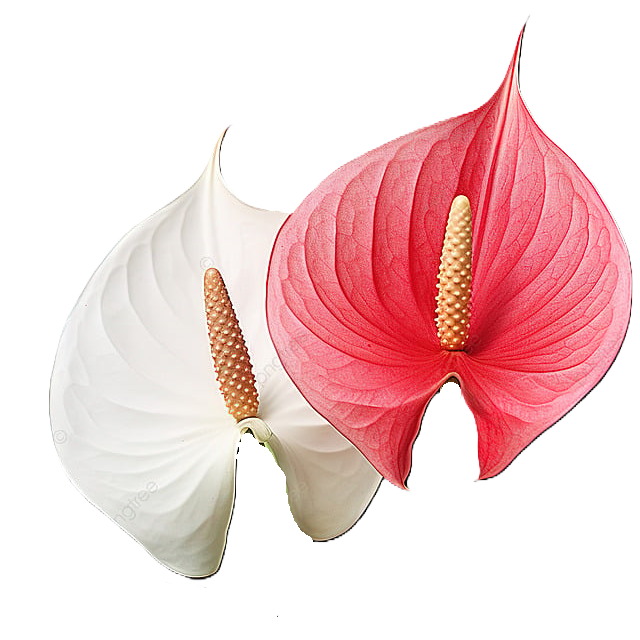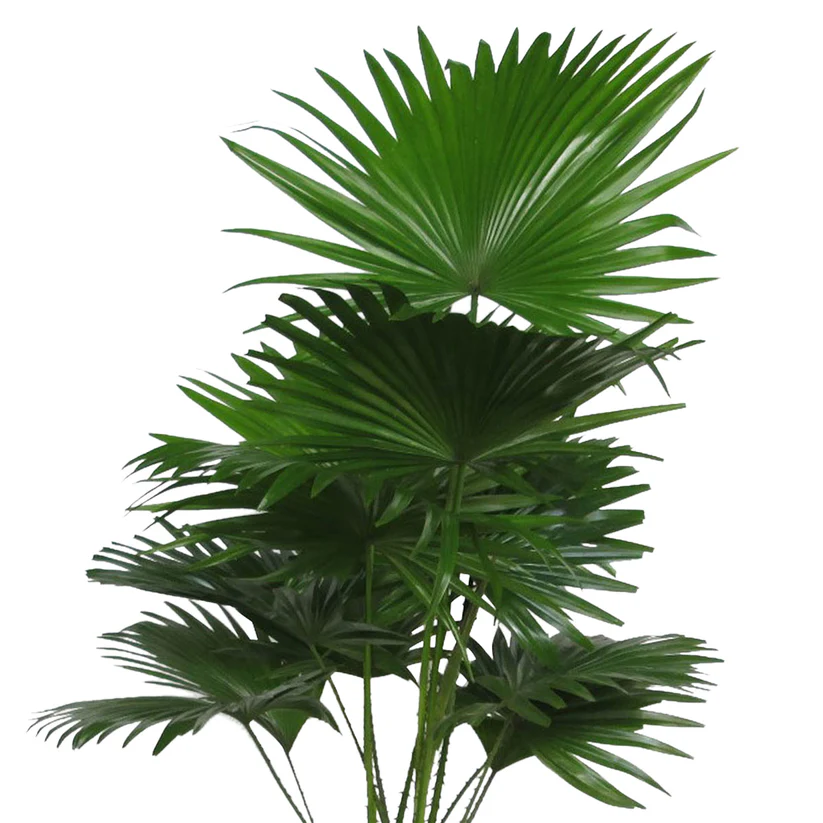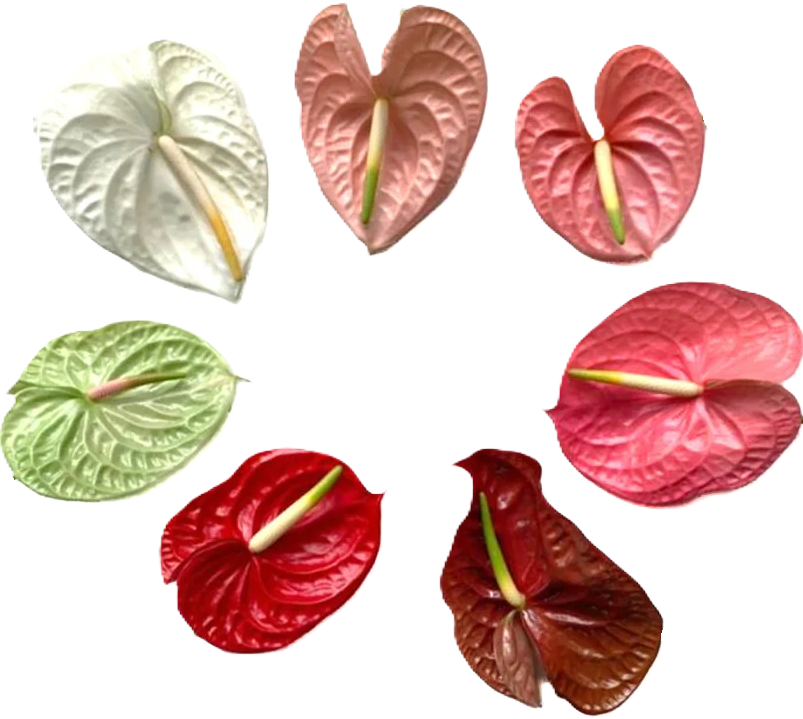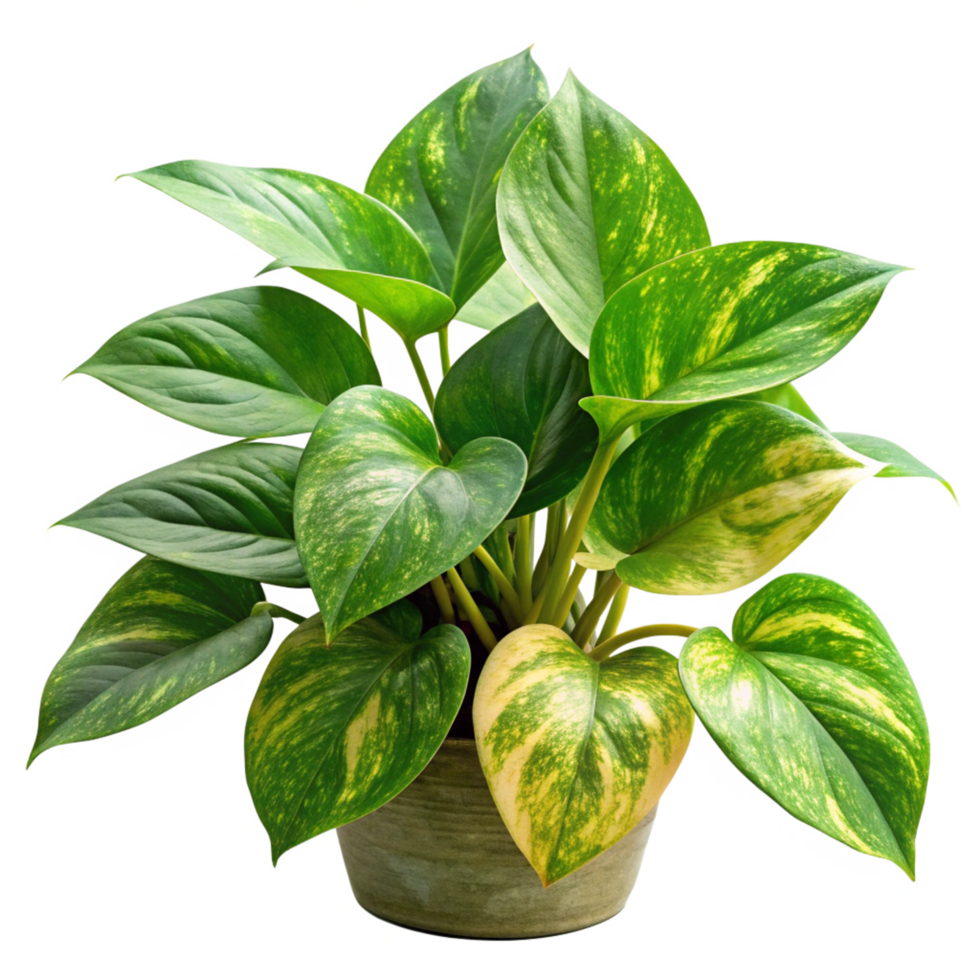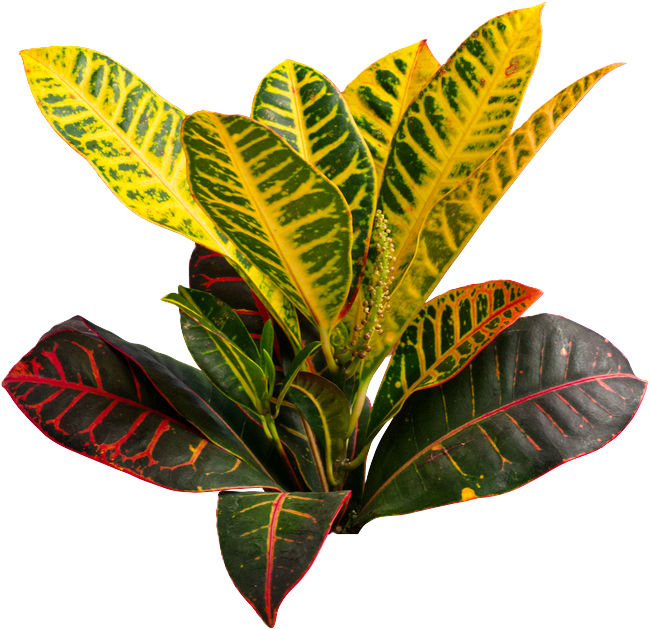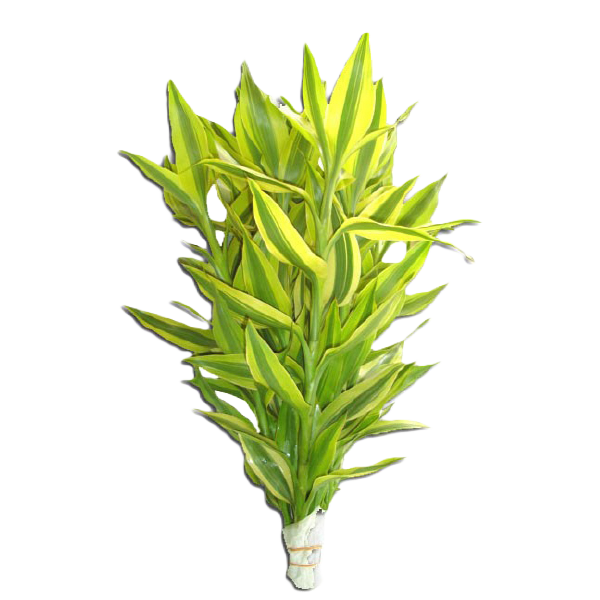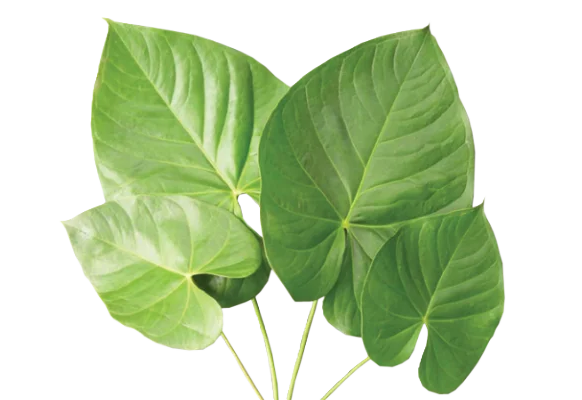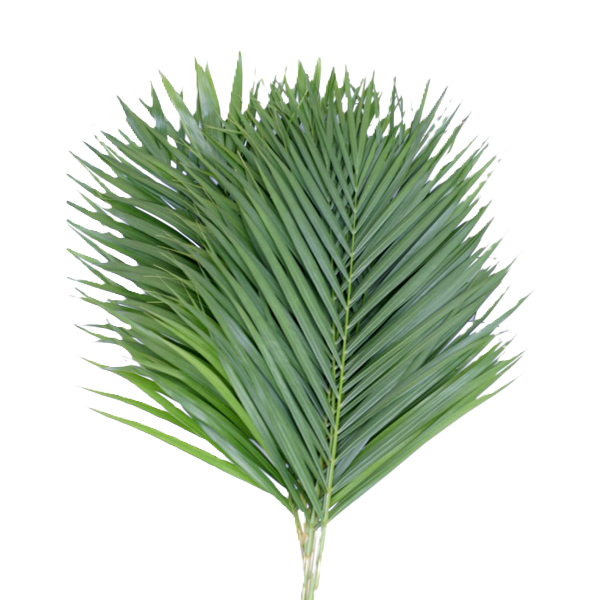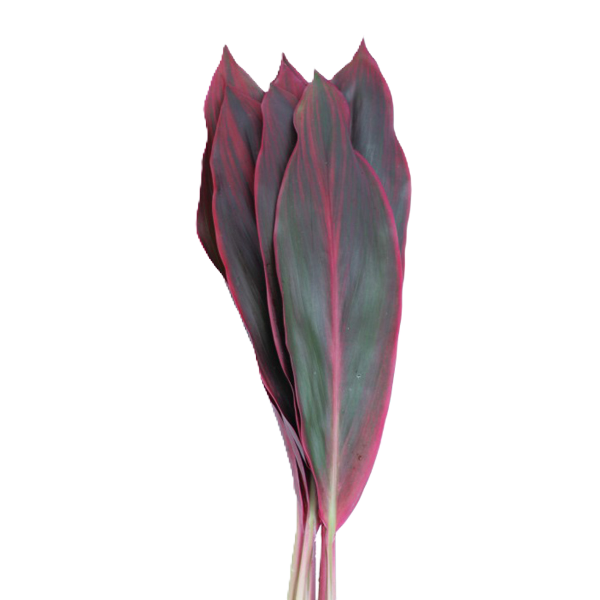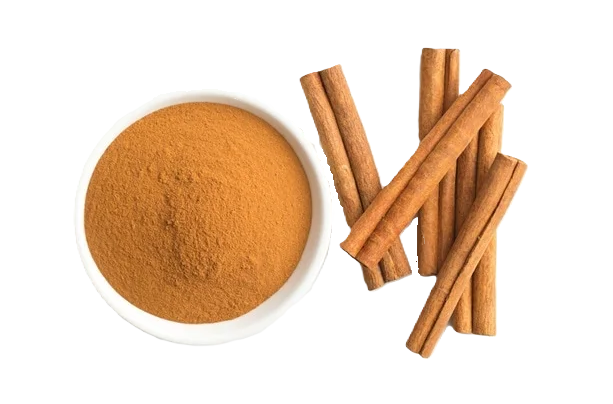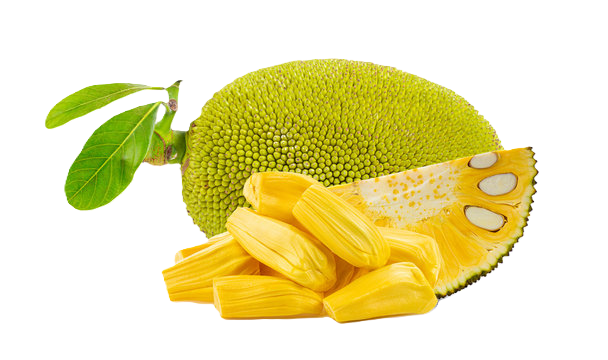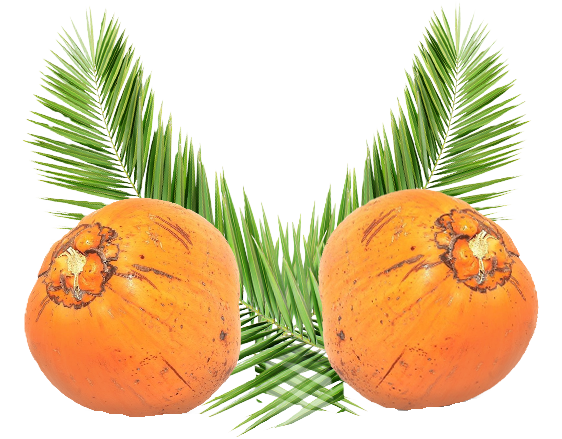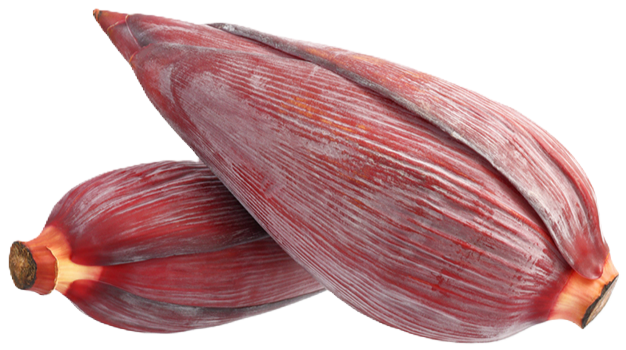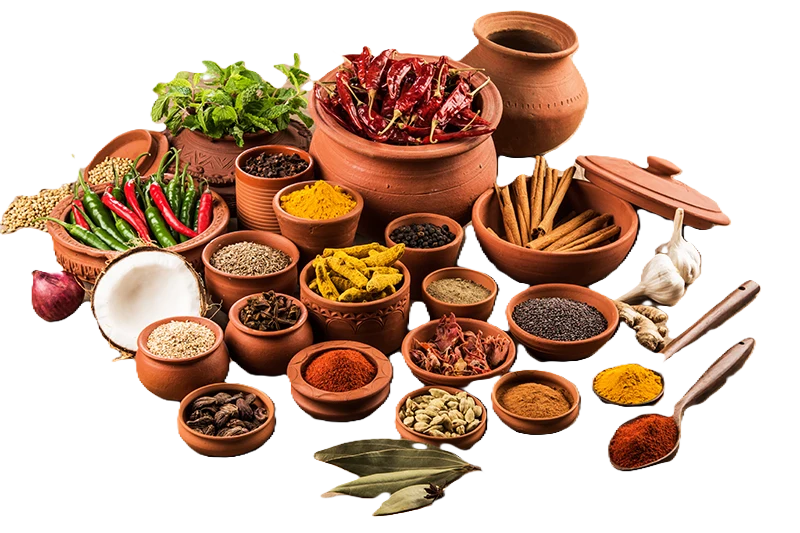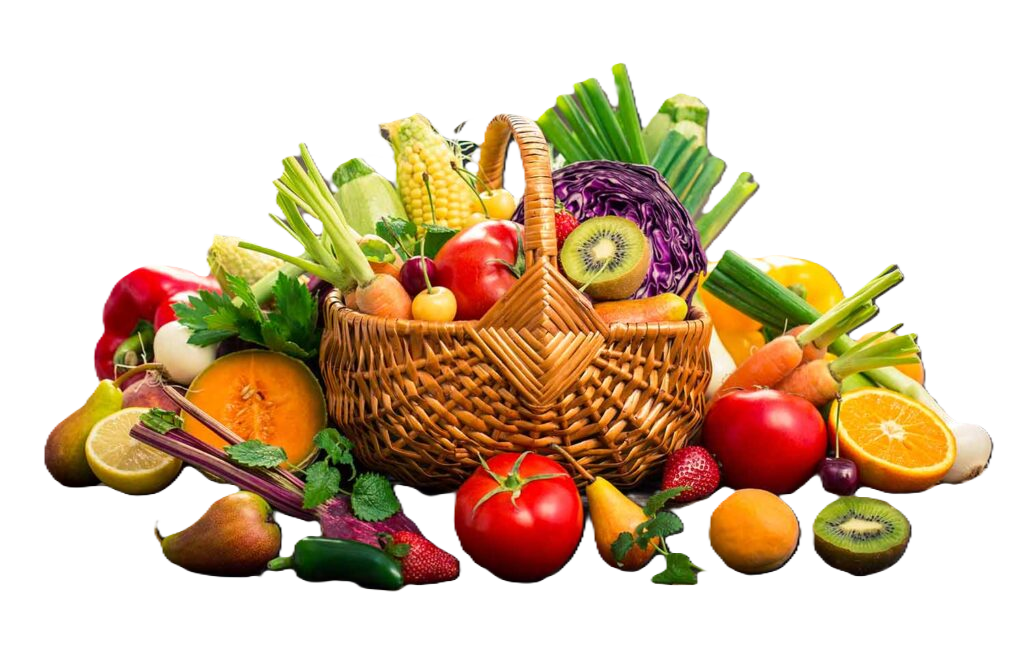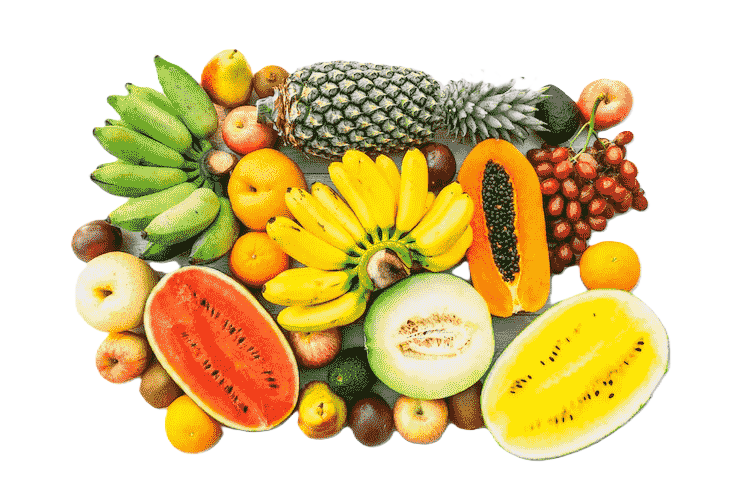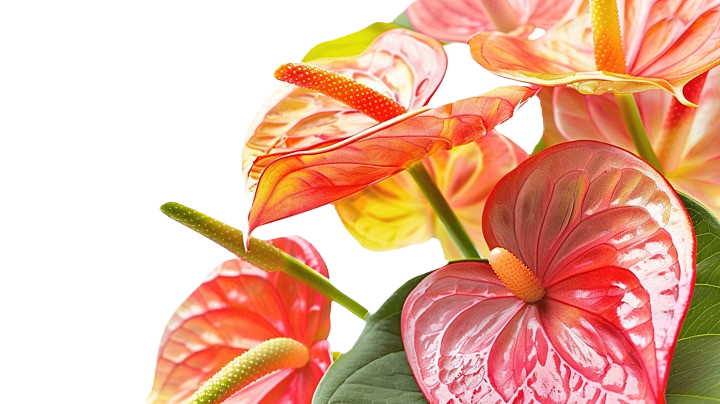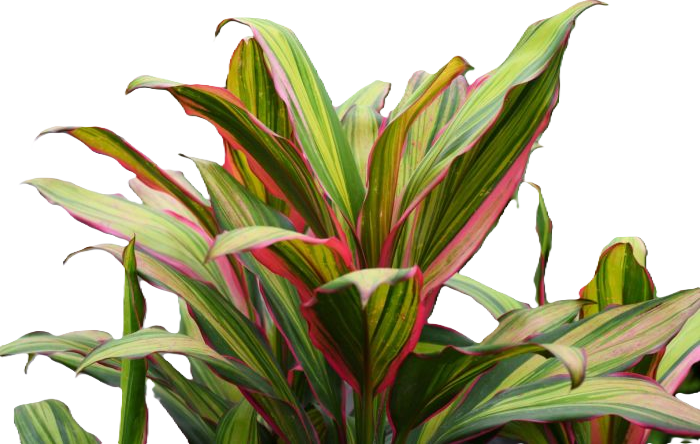King coconut, or "Thambili" in
Sri Lanka, is a unique variety of
coconut that is highly prized for its naturally sweet, refreshing water.
Unlike the regular coconut, the king coconut has a bright orange outer
shell and is smaller and more elongated in shape. It is grown specifically
for its water, which is rich in electrolytes, vitamins, and minerals,
making it an ideal natural beverage in the tropical climate. The water
is mildly sweet with a delicate, crisp flavor that is both hydrating
and rejuvenating. King coconut is often enjoyed directly from the shell,
commonly sold by street vendors, and is considered a natural energy drink.
The soft, jelly-like flesh inside is also edible and adds a mild, creamy texture.
This beloved
Sri Lankan coconut variety is celebrated for its health
benefits, delicious taste, and ability to cool and refresh, especially
on a hot day.
